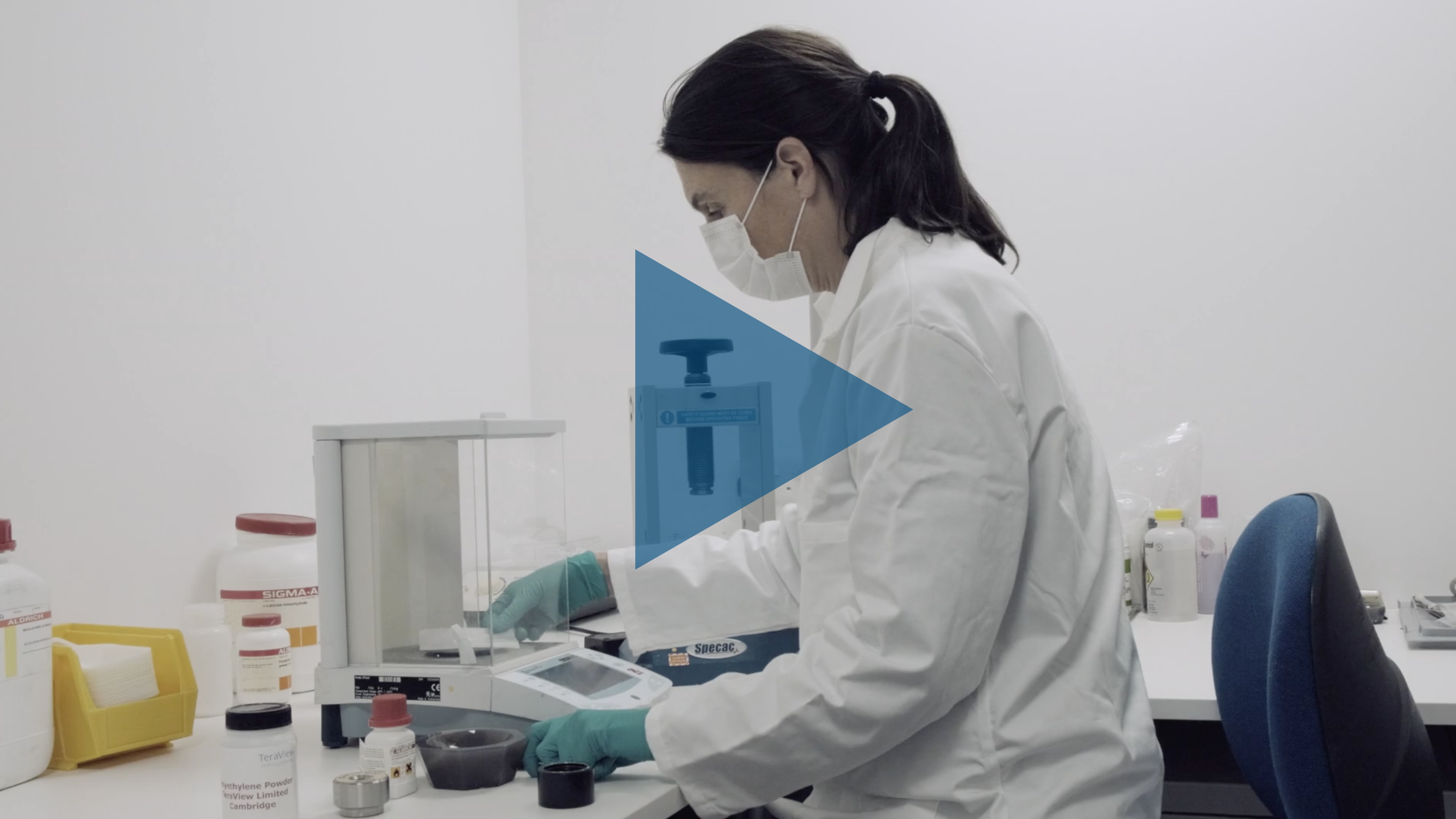
Newsletter | March 2021
UK Research & Innovation invest in TeraView’s
6G technology

TeraView is pleased to announce that it has won development funding from the Sustainable Innovation Fund with Innovate UK, the United Kingdom’s innovation agency. This funding is specifically targeted at TeraView’s cutting edge technology for next generation 6G network applications.
TeraView has a vision to use its expertise and intellectual property to develop the building blocks of future 6G networks, which will use terahertz (THz) frequencies. As a knowledge and IP-rich company with decades of experience operating at THz frequencies, TeraView can bring the breadth and depth of its experience to accelerate the development of 6G.
Wireless connectivity is increasingly an important component of society and people’s everyday lives. The exponential growth in demand for high bandwidth applications such as multimedia streaming, the Internet of Things, control of autonomous vehicles and cloud computing has triggered the need for development of new technologies to provide high-bandwidth, reliable links in wireless environments, a key goal of future 6G networks. Uniquely 6G is also targeted to deliver other functions such as accurate positional information and imaging to support applications such a virtual reality.
The full press release is available to view here.
TeraView and NVIDIA publish joint paper
TeraView is pleased to announce the joint publication of a paper between teams from NVIDIA and TeraView Ltd in the UK. The paper was presented by Dr. Chuan Zhang from NVIDIA at the virtual Electronics Device Failure Analysis Society (EDFAS) workshop, which was held between December 5-7, 2020.
The paper titled, “Localization and Characterization of Defects for Advanced Packaging Using Novel EOTPR Probing Approach and Simulation”, was the result of a collaboration between the two companies. This joint publication discusses the capability of TeraView’s patented Electro Optical Terahertz Pulse Reflectometry (EOTPR) technology and its simulation technology, QuickSim, to quickly and accurately isolate fault locations.
The full details of the article can be viewed here.
Demonstration Videos
Calmar Laser

TeraView’s TeraPulse Lx system now contains Calmar Laser’s high powered Mendocino fiber laser module.
With over 25 years of experience, Calmar’s world-leading ultrafast fiber laser solutions ensure reliable and robust integration into TeraView’s systems.
For more information contact TeraView or Calmar Laser directly.
Select Papers
Defect Localization in Through-Si-Interposer Based 2.5D ICs
Gourikutty, Sajay Bhuvanendran Nair, Yew Meng Chow, Jesse Alton, Ratan Bhimrao Umralkar, Haonan Bai, Kok Keng Chua, and Surya Bhattacharya. “Defect Localization in Through-Si-Interposer Based 2.5 D ICs.” In 2020 IEEE 70th Electronic Components and Technology Conference (ECTC), pp. 1180-1185. IEEE, 2020.
Abstract
Anharmonicity-driven redshift and broadening of sharp terahertz features of α-glycine single crystal from 20 K to 300 K
Allen, J. L., T. J. Sanders, Josip Horvat, and R. A. Lewis. “Anharmonicity-driven redshift and broadening of sharp terahertz features of α-glycine single crystal from 20 K to 300 K: Theory and experiment.” Spectrochimica Acta Part A: Molecular and Biomolecular Spectroscopy 244 (2020): 118635.
Abstract
Would you like to partake in an online workshop?
TeraView are looking at conducting online workshops in 2021
Contact us if you are interested
